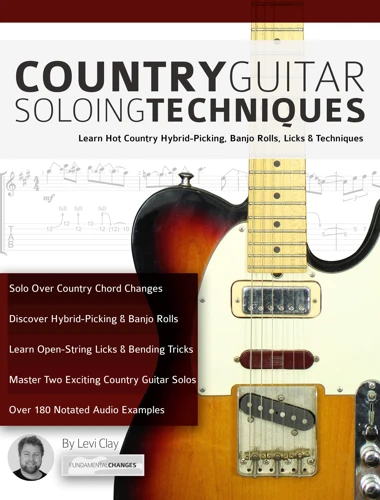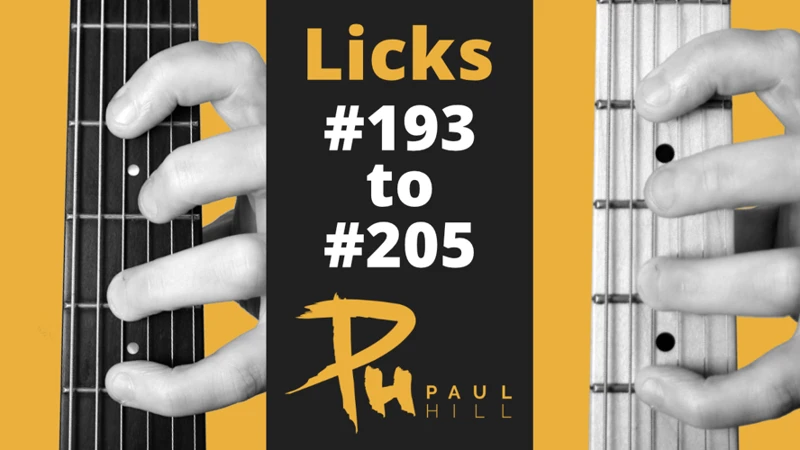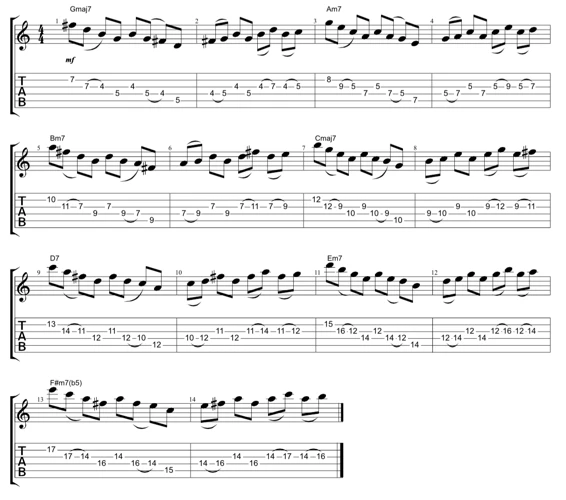Country guitar hybrid picking is a technique that combines elements of flatpicking and fingerstyle playing. This approach allows guitarists to achieve a more intricate and dynamic sound in their playing, making it a popular choice among many country and Americana musicians. In this article, we will explore the concept of country guitar hybrid picking, its history, techniques, and tips for mastering it.
History of Country Guitar Hybrid Picking
Hybrid picking has been around for decades, but it gained popularity in the country music scene in the 1950s and 1960s. Pioneers like Chet Atkins, Merle Travis, and Jerry Reed used this technique to create a unique sound that blended country, blues, and jazz influences. These musicians used a thumbpick and fingers to play intricate melodies, chords, and basslines simultaneously, creating a full and rich sound.
Techniques for Country Guitar Hybrid Picking
To get started with hybrid picking, you’ll need to equip yourself with the right tools. A thumbpick and fingers picks are essential for this technique. The thumbpick is worn on the thumb, while the fingers picks are placed on the index and middle fingers. Some guitarists also use a third fingerpick, but it’s not necessary.
The basic technique of hybrid picking involves using the thumbpick to play the bass notes while the fingers picks are used to play the melody and chords. Here are some exercises to help you get started:
Exercise 1: Alternating Bass
Start by practicing an alternating bass pattern. Use your thumbpick to play the low E string, then the A string, and so on. Once you’re comfortable with this pattern, try adding in chords on the higher strings using your fingers picks.
Exercise 2: Melody and Chords
Next, try playing a simple melody using your fingers picks while keeping a steady bass line going with your thumbpick. This can be challenging at first, but with practice, you’ll be able to seamlessly integrate the two elements.
Exercise 3: Adding Accents
Once you’ve got the basics down, try adding in accents and variations to your playing. This can include using your fingers picks to play rhythmic patterns or using your thumbpick to add in extra bass notes.
Tips for Mastering Country Guitar Hybrid Picking
Here are some tips to help you master country guitar hybrid picking:
Tip 1: Start Slow
When learning any new technique, it’s important to start slow and gradually build up speed. This will help you develop proper technique and avoid bad habits.
Tip 2: Practice Regularly
Consistency is key when it comes to mastering hybrid picking. Set aside time each day to practice, even if it’s just for a few minutes.
Tip 3: Use a Metronome
Using a metronome can help you develop a steady rhythm and improve your timing. Start at a slow tempo and gradually increase the speed as you become more comfortable.
Tip 4: Listen to Recordings
Listening to recordings of musicians who use hybrid picking can help you develop your ear and inspire your own playing. Pay attention to how they use the technique to create different sounds and textures.
Tip 5: Experiment with Different Gear
Different thumbpicks and fingerpicks can produce different sounds, so don’t be afraid to experiment with different gear to find what works best for you.
Famous Country Guitar Hybrid Picking Players
Here are some famous country guitar hybrid picking players that you can take inspiration from:
Chet Atkins
Known as “Mr. Guitar,” Chet Atkins was a pioneer of the hybrid picking technique. He was known for his intricate fingerstyle playing and his ability to seamlessly integrate basslines, chords, and melodies.
Merle Travis
Merle Travis was another early adopter of hybrid picking. He developed his own unique style, which combined elements of country, blues, and jazz.
Jerry Reed
Jerry Reed was a country guitarist known for his fast and intricate hybrid picking style. He was also a skilled singer and songwriter, and his music has been covered by artists like Elvis Presley and Johnny Cash.
Looking to master country guitar hybrid picking techniques? Explore articles on hybrid picking in country guitar, country guitarists using hybrid picking, hybrid picking in country music, alt-country guitar picks, and acoustic guitar picks for country music to enhance your skills and knowledge in the world of country guitar playing!
Conclusion
Country guitar hybrid picking is a versatile and dynamic technique that can add depth and complexity to your playing. By combining elements of flatpicking and fingerstyle playing, you can create a full and rich sound that blends country, blues, and jazz influences. With practice and patience, you can master this technique and develop your own unique style. So why not give it a try and see where it takes you?





